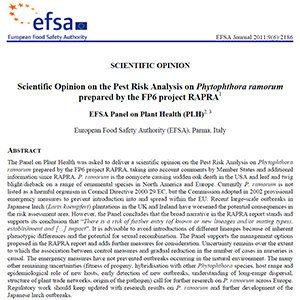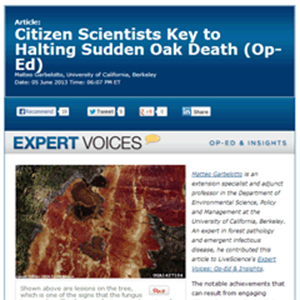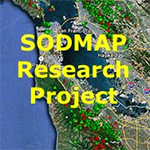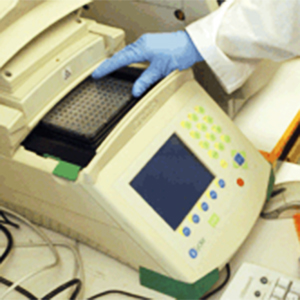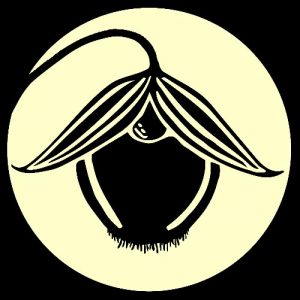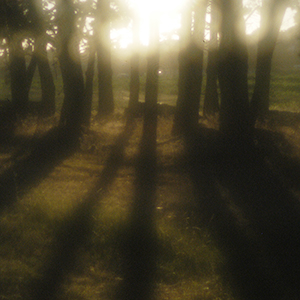SOD BLITZ Survey Project
Communities Coming Together in the Fight Against
Sudden Oak Death
SOD BLITZ PROJECT INTRODUCTION
Sudden Oak Death (SOD), a serious exotic disease, is threatening the survival of tanoak and several oak species in California. Currently SOD is found in the wildlands of 14 coastal California counties, from Monterey to Humboldt. While patchy in distribution, with each passing year, the swath of infection continues to become more contiguous. Researchers have discovered that Phytophthora ramorum, the pathogen that causes SOD, spreads most often on infected California bay laurel leaves. Symptomatic bay leaves are often the first sign that SOD has arrived at a location, and generally precedes oak infections. Some management options are available (sanitation, chemical preventative treatments, bay removal), but they are effective only if implemented before oaks and tanoaks are infected; hence, timely detection of the disease on bay laurel leaves is key for a successful proactive attempt to slow down the SOD epidemic.
WHAT IS A SOD BLITZ?
SOD-blitzes inform and educate the community about Sudden Oak Death, get locals involved in detecting the disease, and produce detailed local maps of disease distribution. The map can then be used to identify those areas where the infestation may be mild enough to justify proactive management.
HOW CAN I PARTICIPATE IN MY COMMUNITY?
Connect with your local survey effort and follow the training online
HOW ARE SOD BLITZES STRUCTURED?
1. Sign up and complete the training online before the date of your local survey. The goals of the trainings are:
- Familiarize yourself with Sudden Oak Death
- Learn how to identify SOD symptoms on bay and tanoak leaves
- Learn how to collect leaves and fill out collection forms
- Lean how to correctly store, transport, and turn in samples
- Safety reminders
2. Pick up survey materials at you local SOD Blitz station before going to the field.
3. Pick up and return times may vary but they are usually between Saturday and Tuesday. Leaf samples are collected by the individual participants. Samples and accompanying forms are then turned in at the SOD Blitz station Saturday to Tuesday
4. The UC Berkeley diagnostic laboratory will analyze each collected sample through microscopic and DNA analyses to determine the presence or absence of P. ramorum/Sudden Oak Death. Once all samples have been tested, a map will be generated highlighting the areas sampled, and the presence or absence of the disease at each location.
5. One to four months later (dependent upon workload and number of samples collected) a follow-up community meeting may be organized. At the meeting, results will be presented, and management options discussed.
SHOULD OUR COMMUNITY ORGANIZE OUR OWN SOD BLITZ?
- Do you live in an area where SOD is currently at a low or intermediate level?
- Is there a system is in place to inform community members of the event? Is community interest and involvement likely? Is a meeting location available?
- Is it possible to mobilize local groups or neighboring communities (multiple townships, parks and preserves, etc.) to participate?
WHEN TO ORGANIZE A SOD-BLITZ
Bearing in mind that 4-8 weeks are necessary to advertise the event, early spring is the best time to organize SOD-Blitzes. Availability is on a first-come, first-served basis.
HOW MUCH DOES A SOD-BLITZ COST?
SOD-Blitzes are COMPLETELY FREE thanks to funding from the US Forest Service to the UC Berkeley Forest Pathology Lab!
WHO SHOULD YOU CONTACT?
Email Dr. Matteo Garbelotto contact@matteolab.org Please include in the subject the word “SOD-Blitz.” Requests need to arrive at least 6 months before the desired date to allow for proper organization.
This activity possible thanks to funding from:
USDA Forest Service, State and Private Forestry
PG&E Foundation







